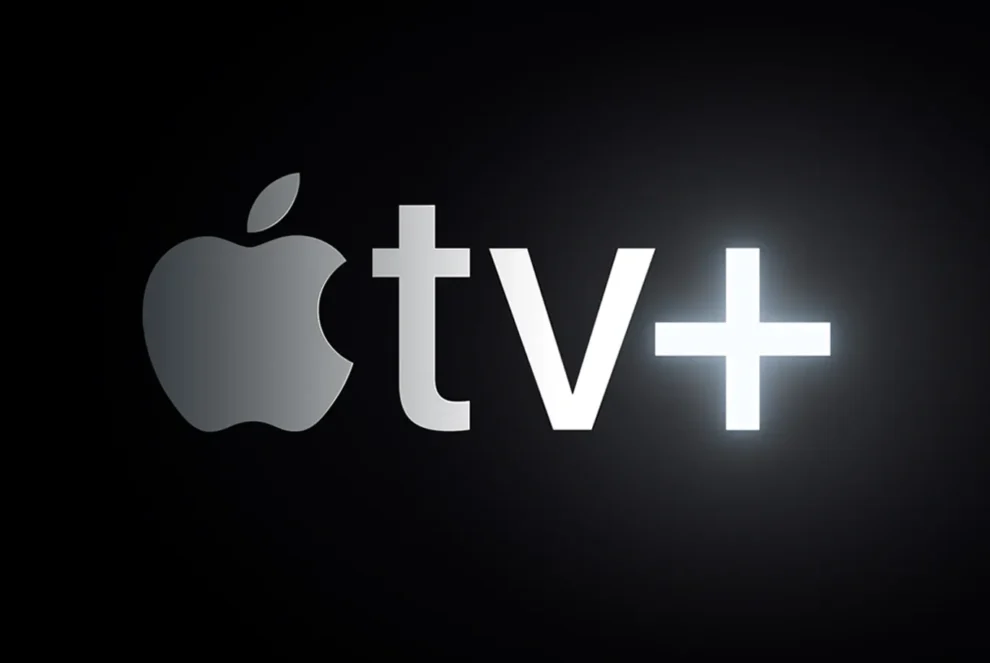Apple has launched a new ad campaign promoting its Apple TV+ app for Android devices, signaling a potential shift in strategy for the tech giant. This move, announced via a series of online advertisements and social media promotions, aims to broaden the reach of its streaming service beyond its traditional ecosystem of Apple devices. But what does this mean for consumers, the streaming landscape, and Apple’s long-term ambitions? Is this a genuine move towards platform inclusivity, or a calculated play to boost subscriber numbers?
This article delves into the details of this new ad campaign, exploring the motivations behind it, the potential impact on the streaming wars, and what it could mean for the future of Apple TV+.
The Big Picture: Apple TV+ on Android – A Strategic Shift?
Apple’s decision to aggressively promote its Apple TV+ app on Android is a significant development. For years, Apple has maintained a tightly controlled ecosystem, often limiting its services and apps to its own hardware. This strategy has been a cornerstone of its brand identity and business model. So, why the change?
- Expanding Reach: The most obvious reason is to increase the subscriber base for Apple TV+. Android boasts a massive global user base, far exceeding the number of iOS device owners. Tapping into this market is crucial for Apple to compete with streaming giants like Netflix, Disney+, and Amazon Prime Video.
- Competition in the Streaming Wars: The streaming landscape is fiercely competitive. Apple TV+ faces an uphill battle to gain traction against established players. Making the service available on Android devices levels the playing field somewhat, allowing Apple to reach a wider audience and showcase its original content.
- Content is King: Apple has invested heavily in original programming for Apple TV+, featuring big-name stars and critically acclaimed shows. Making this content accessible to more people is essential to justify these investments and build a sustainable streaming business.
The Ad Campaign: What We’ve Seen So Far
The new ad campaign is multi-faceted, encompassing online video ads, social media promotions, and potentially even partnerships with Android device manufacturers. While specific details about the campaign’s budget and reach are not publicly available, the increased visibility of Apple TV+ on Android platforms is undeniable.
- Focus on Content: The ads primarily highlight the quality and variety of Apple TV+ original content. Trailers and clips from popular shows are prominently featured, aiming to pique the interest of potential subscribers.
- Ease of Access: The ads emphasize the simplicity of downloading and using the Apple TV+ app on Android devices. They often showcase the app interface and highlight the user-friendly experience.
- Cross-Platform Compatibility: The campaign underscores the convenience of accessing Apple TV+ across multiple devices, including Android phones, tablets, and even some smart TVs.
My Experience: Navigating the Apple TV+ App on Android
Having used the Apple TV+ app on both iOS and Android, I can attest to the generally seamless experience. The app interface is consistent across platforms, making it easy to navigate and find content. The streaming quality is also comparable, delivering a smooth and high-definition viewing experience on both types of devices. However, some users have reported occasional performance issues on certain Android devices, which Apple will likely need to address to ensure a consistently positive user experience.
The Impact on the Streaming Landscape: A Game Changer?
Apple’s move into the Android ecosystem could have significant implications for the streaming industry.
- Increased Competition: The arrival of Apple TV+ on Android intensifies the competition among streaming services. This could lead to more competitive pricing, more innovative content, and improved user experiences across the board.
- Shifting Power Dynamics: Apple’s entry into the Android market could potentially shift the power dynamics in the streaming wars. With its vast resources and brand recognition, Apple has the potential to become a major player in the streaming space.
- Content Strategies: The success of Apple TV+ on Android could influence the content strategies of other streaming services. It may encourage them to focus on producing high-quality original content that appeals to a broad audience.
The Future of Apple TV+: What Lies Ahead?
The long-term success of Apple TV+ on Android remains to be seen. While the initial signs are promising, Apple faces several challenges.
- Subscriber Acquisition: Attracting and retaining subscribers in a crowded streaming market is a major challenge. Apple will need to continue investing in compelling original content and marketing its service effectively to Android users.
- Platform Loyalty: Convincing Android users to subscribe to a service that is not natively integrated into their ecosystem could be difficult. Apple will need to demonstrate the value proposition of Apple TV+ and make it easy for Android users to access and enjoy the service.
- Ecosystem Integration: While Apple TV+ is now available on Android, it lacks the deep integration that it enjoys within the Apple ecosystem. This could be a disadvantage in the long run.
The Android User Perspective: A Welcome Addition?
From an Android user’s perspective, the availability of Apple TV+ is a welcome addition to the growing number of streaming options. It provides access to a library of high-quality original content that was previously unavailable to them. However, whether Android users are willing to pay for yet another streaming subscription remains to be seen.
Apple’s decision to promote Apple TV+ on Android is a bold move that could reshape the streaming landscape. While the challenges are significant, the potential rewards are substantial. By expanding its reach to Android users, Apple has the opportunity to significantly grow its subscriber base and become a major force in the streaming wars. The coming months and years will reveal whether this strategic shift pays off for Apple and what it means for the future of entertainment consumption.




